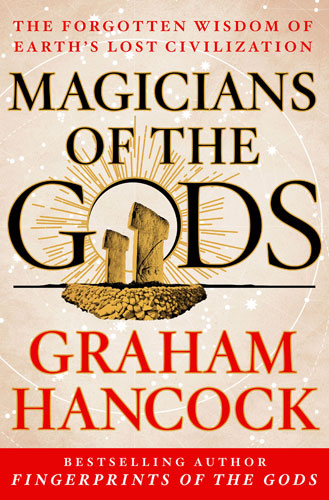Ancient news stories

The period in which humans arrived in South America, in particular, north-western Patagonia, has been the subject of an ongoing debate by academics for many years. Previous archaeological evidence and palaeogenetic studies have suggested human presence between 16 600 and 15 100 cal BP. However, a new study published in the journal Antiquity is providing new evidence of pre-Holocene human activity during the late Pleistocene–early Holocene transition

Fossil vertebrae unearthed in a mine in western India are the remains of one of the largest snakes that ever lived, a monster estimated at up to 15 metres in length – longer than a T rex. See the study here.
A major archaeological investigation has, for the first time, excavated a lava tube in Saudi Arabia that was inhabited by humans up to 10,000 years ago.
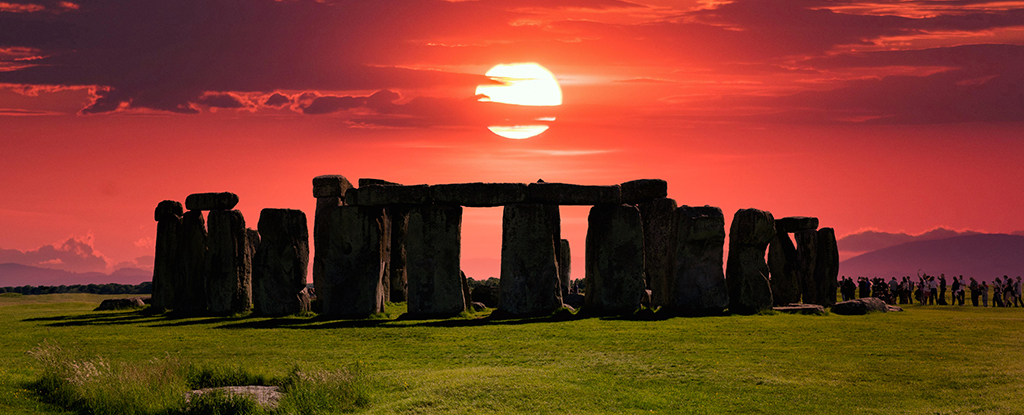
When it comes to its connection to the sky, Stonehenge is best known for its solar alignments…But a hypothesis has been around for 60 years that part of Stonehenge also aligns with moonrise and moonset at what is called a major lunar standstill…
New research published in Nature Ecology & Evolution examines the rate at which new species of hominin emerged over 5 million years. This speciation in our lineage, they found, is unlike almost anything else.
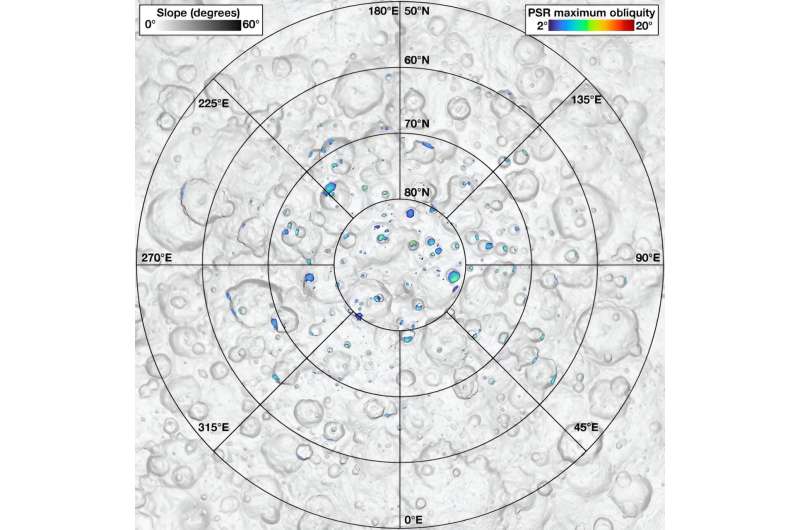
Ceres, the largest asteroid in our solar system, harbors a dark secret: extremely young ice deposits in permanently shadowed craters near its poles. If that sounds vaguely familiar, it’s because our moon and planet Mercury also have such polar ice deposits, which have been studied for decades. See the study here.
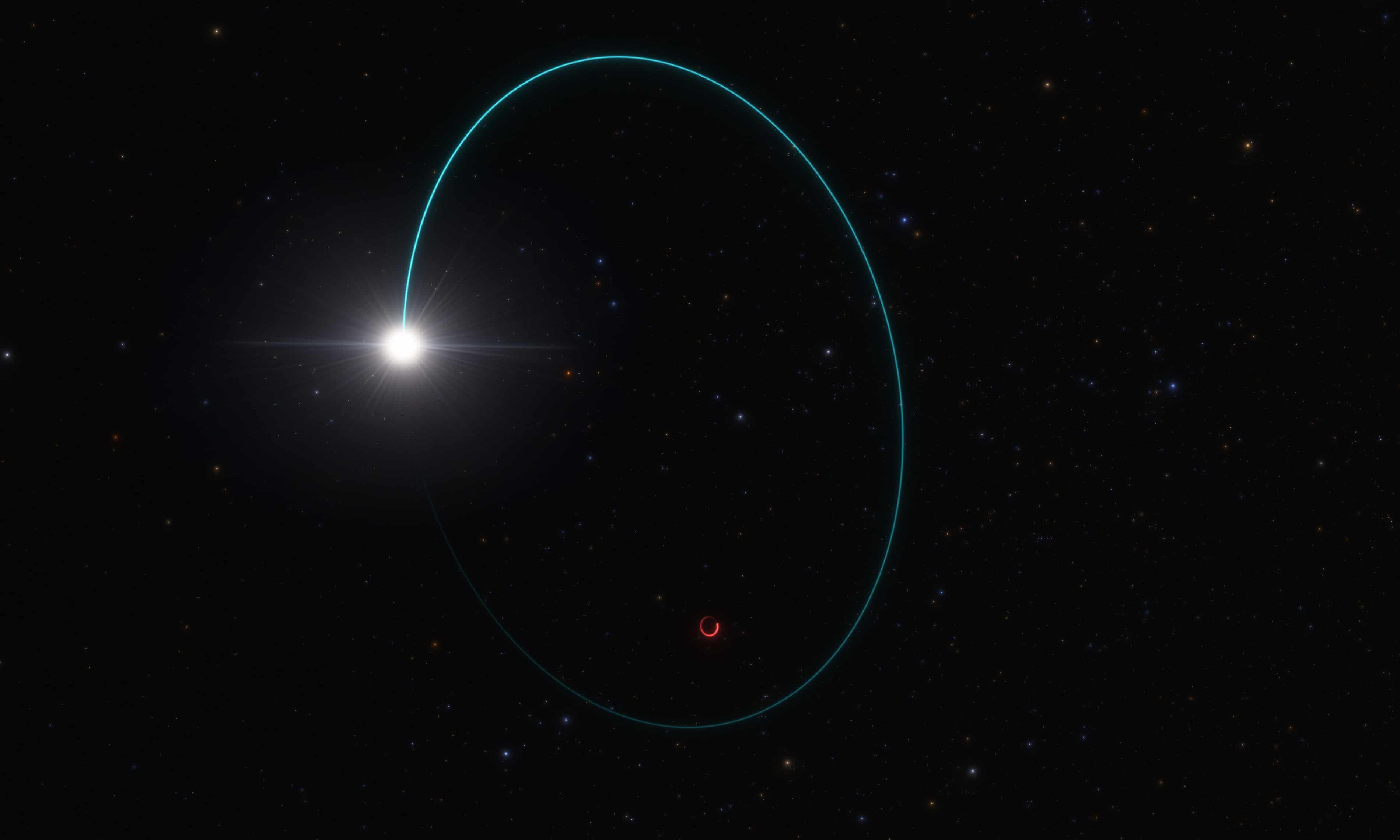
Astronomers have discovered an enormous black hole which formed in the aftermath of an exploding star a mere 2,000 light years from Earth. BH3 is the most massive stellar black hole yet found in the Milky Way and revealed itself to researchers through the powerful tug it exerts on a companion star that orbits the object in the constellation of Aquila, the Eagle.
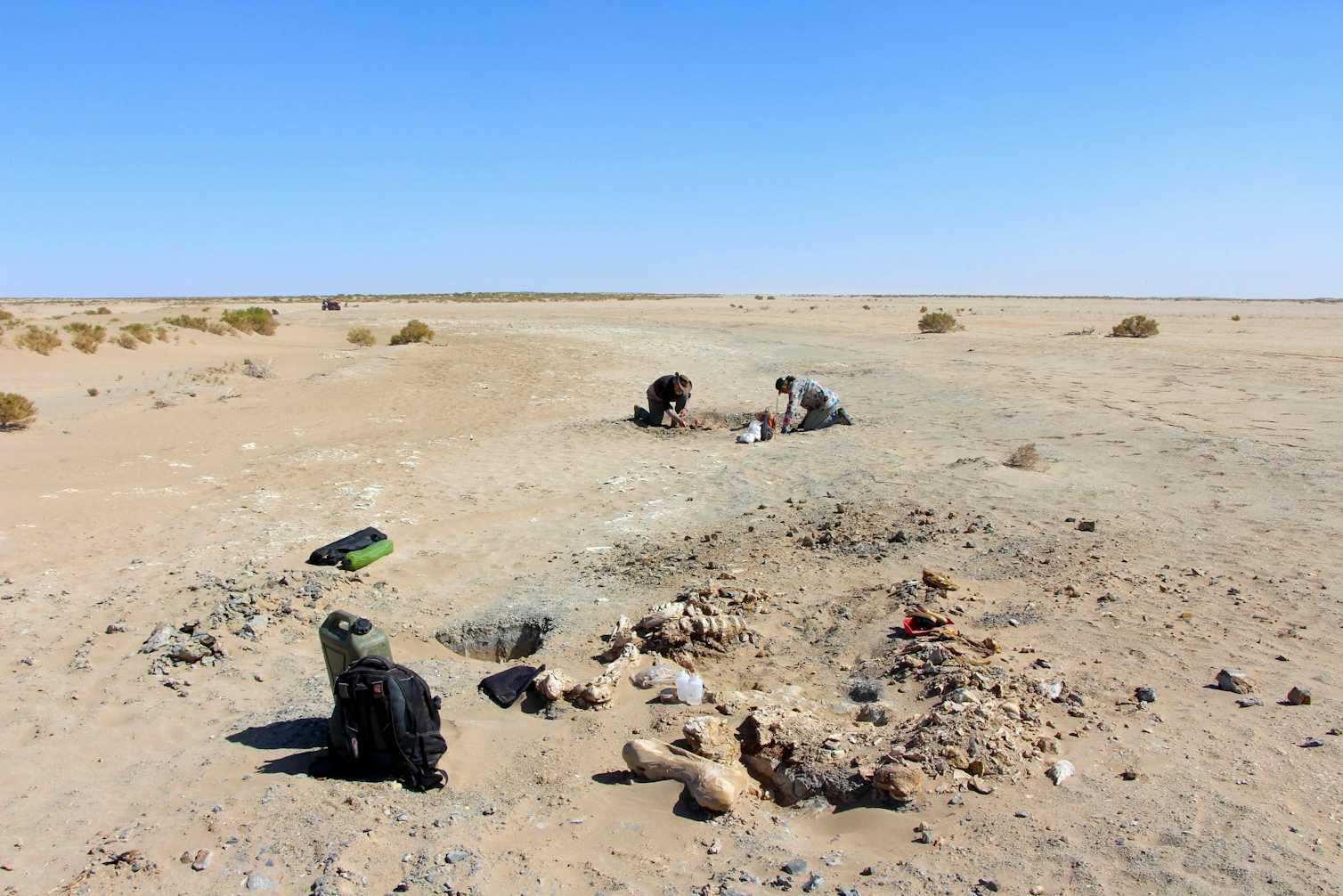
For millions of years, giant animals or megafauna roamed the lands that are now Australia and New Guinea. Many were like much larger versions of modern animals. There was a four-metre goanna called Megalania (Varanus priscus), for example, which likely ambushed its prey. This beast disappeared by around 40,000 years ago along with almost all the other megafauna aside from remnants such as the red kangaroo and the saltwater crocodile.
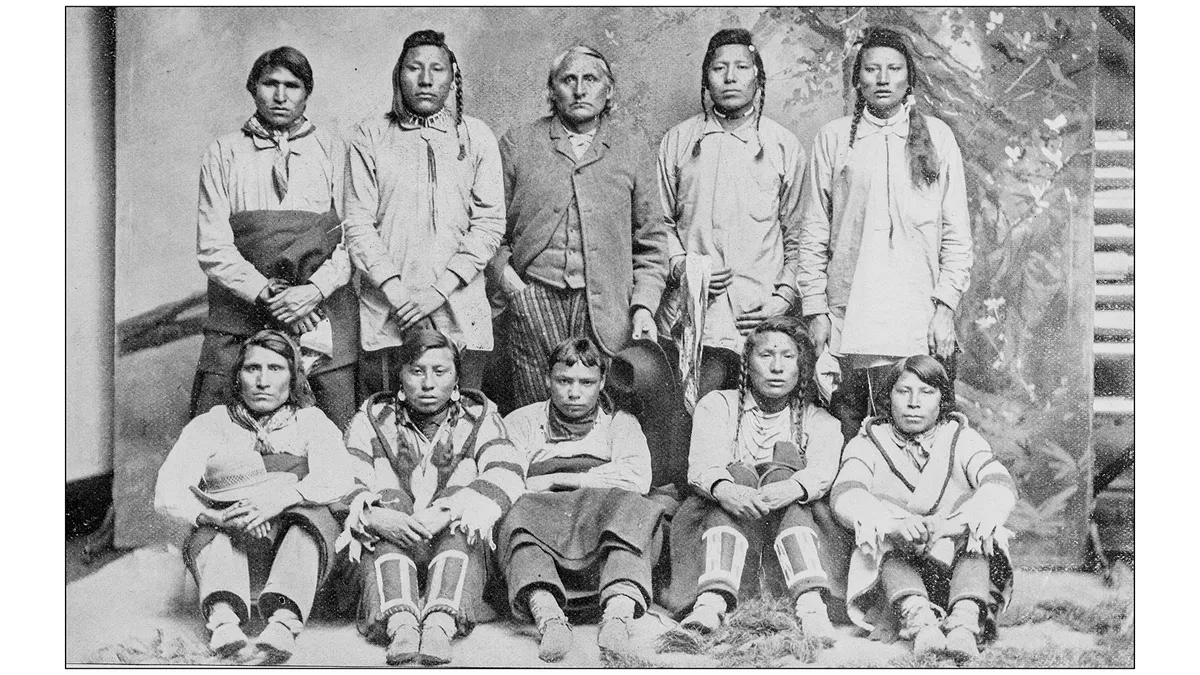
In a new study published April 3 in the journal Science Advances, a team of researchers led by three members of the Blackfoot Confederacy investigated the genetic history of their tribes, and results suggest that they share a lineage with people from the last ice age.
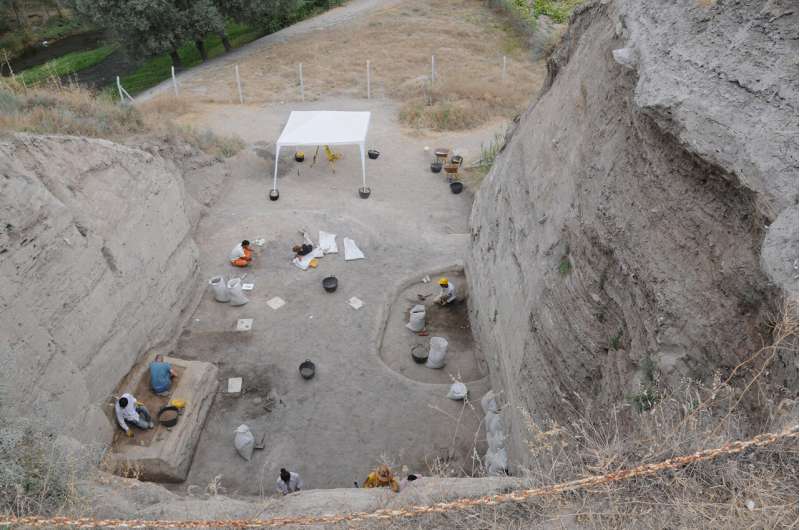
Modern Eurasian sheep predominantly belong to only two so-called genetic matrilineages inherited through the ewes, so previous research has assumed that genetic diversity must already have decreased rapidly in the early stages of domestication of wild sheep. A study of a series of complete mitogenomes from the early domestication site Asıklı Höyük in central Anatolia, which was inhabited between 10,300 and 9,300 years ago, disproves this assumption.

The rising and setting of the sun at Stonehenge, especially during the summer and winter solstices, continues to evoke joy, fascination and religious devotion. Now a project has been launched to delve into the lesser understood links that may exist between the monument and the moon during a rare lunar event.
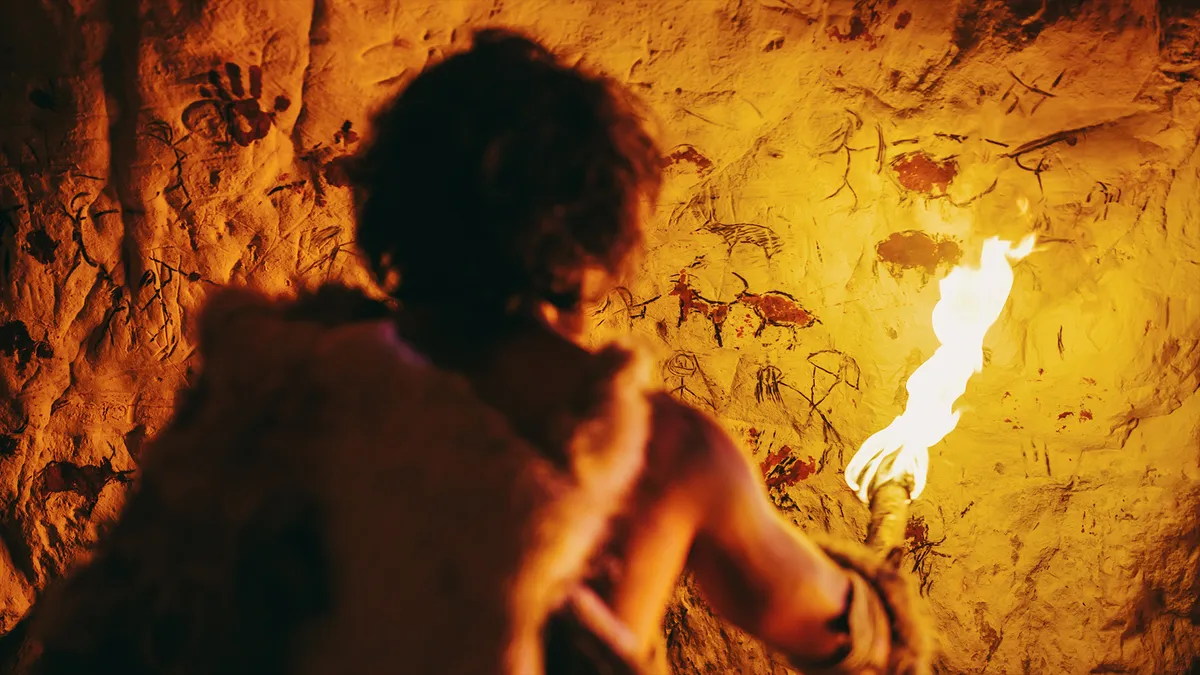
Researchers don’t yet know the exact set of circumstances that drove Europe’s hunter-gatherers to disappear, but their decline broadly coincided with the spread of farming in the region. Neolithic farmers arrived in Europe around 8,000 years ago and ultimately replaced hunter-gatherers after a period of sharing the continent with them.
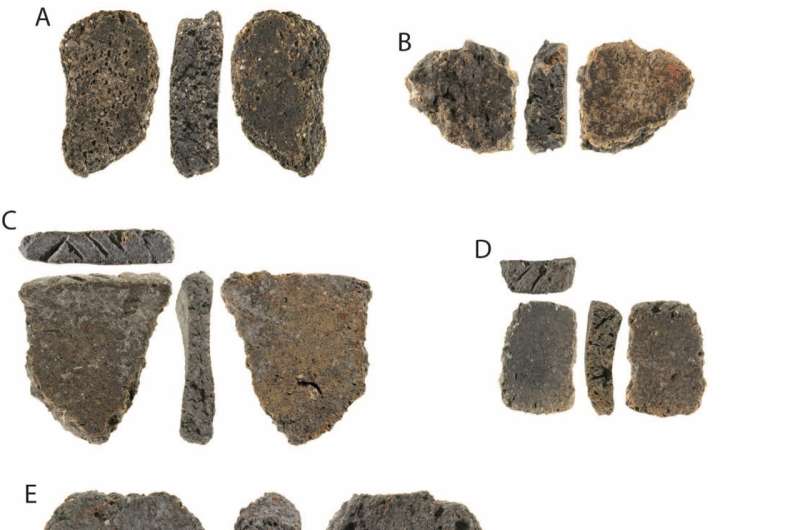
In new research published in Quaternary Science Reviews, we report the oldest securely dated ceramics found in Australia from archaeological excavations on Jiigurru (in the Lizard Island group) on the northern Great Barrier Reef located 600km south of Torres Strait. Our analysis shows the pottery was made locally more than 1,800 years ago.
The founder of a rich data base of Indigenous Australian “message sticks” believes it showcases historic communication techniques of first nations people. You can access the beta version of the database here.
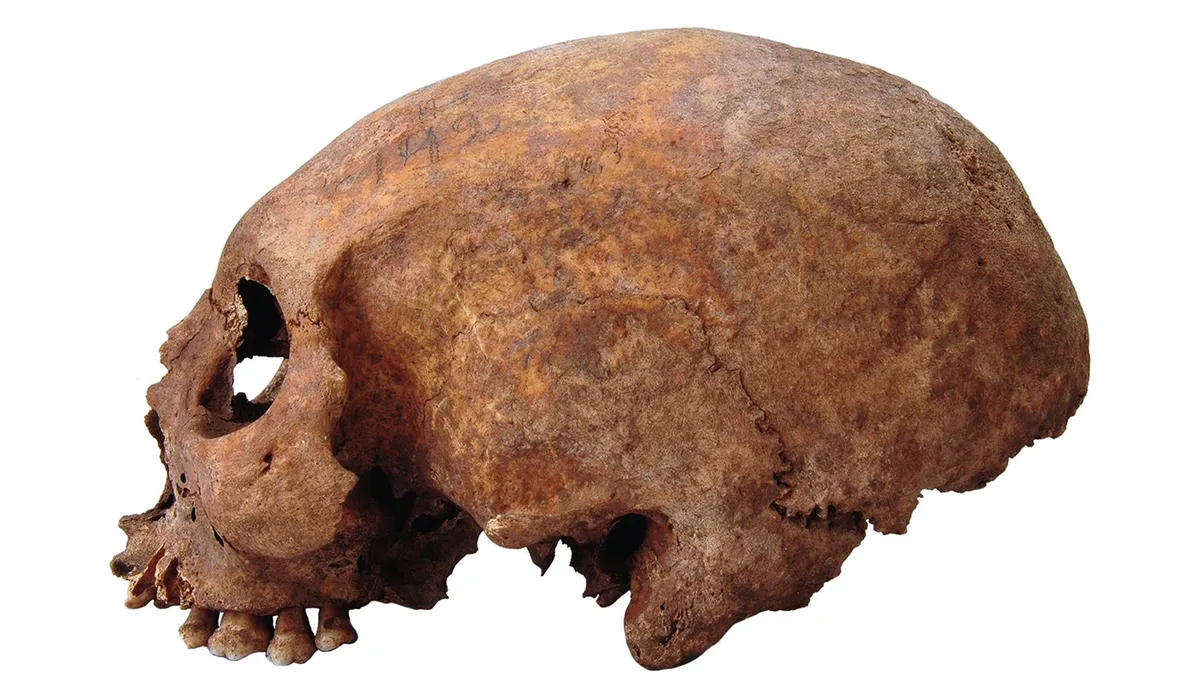
The elongated, cone-shaped skulls of Viking Age women buried on the Baltic island of Gotland may be evidence of trading contacts with the Black Sea region, a new study finds.
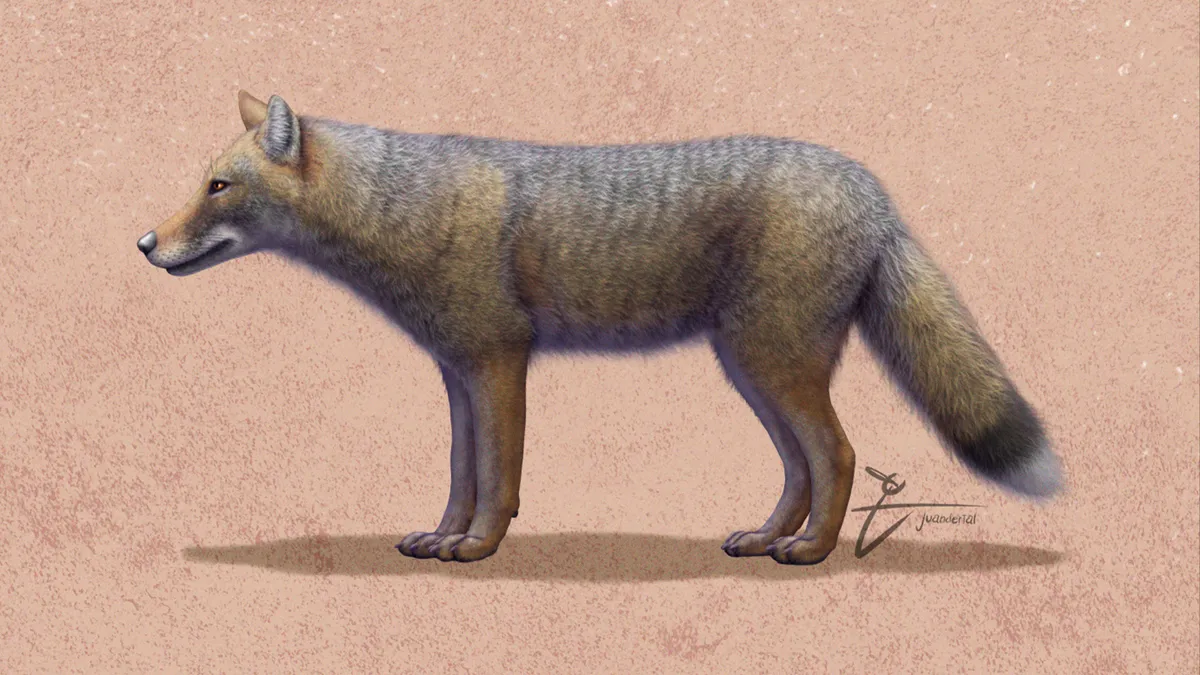
Hunter-gatherers in what is now Patagonia, Argentina, kept foxes as pets before the arrival of European dogs about 500 years ago, a new study suggests. In some cases, the ancient people were so closely bonded with their pet foxes that they were even buried with them.







